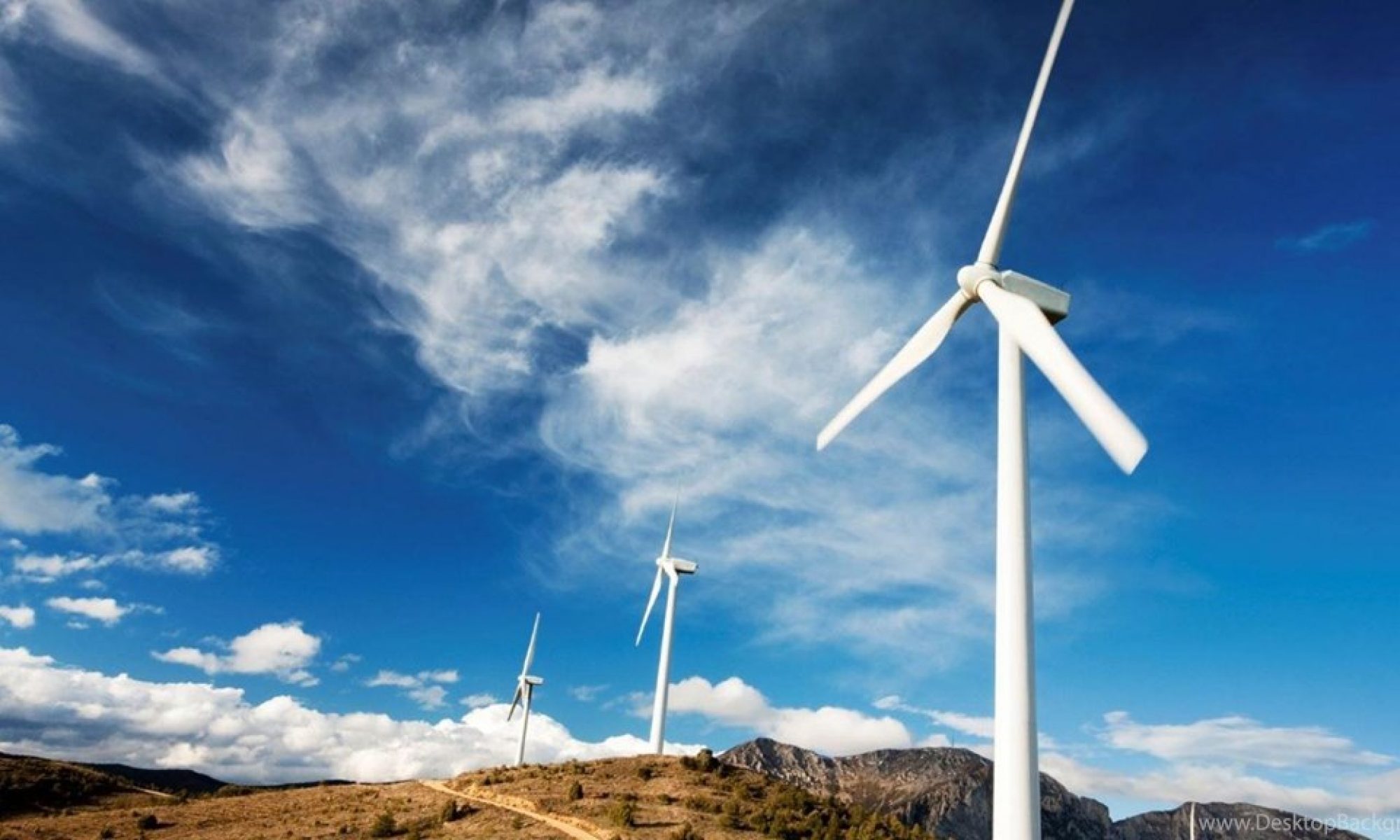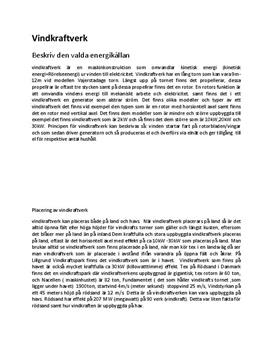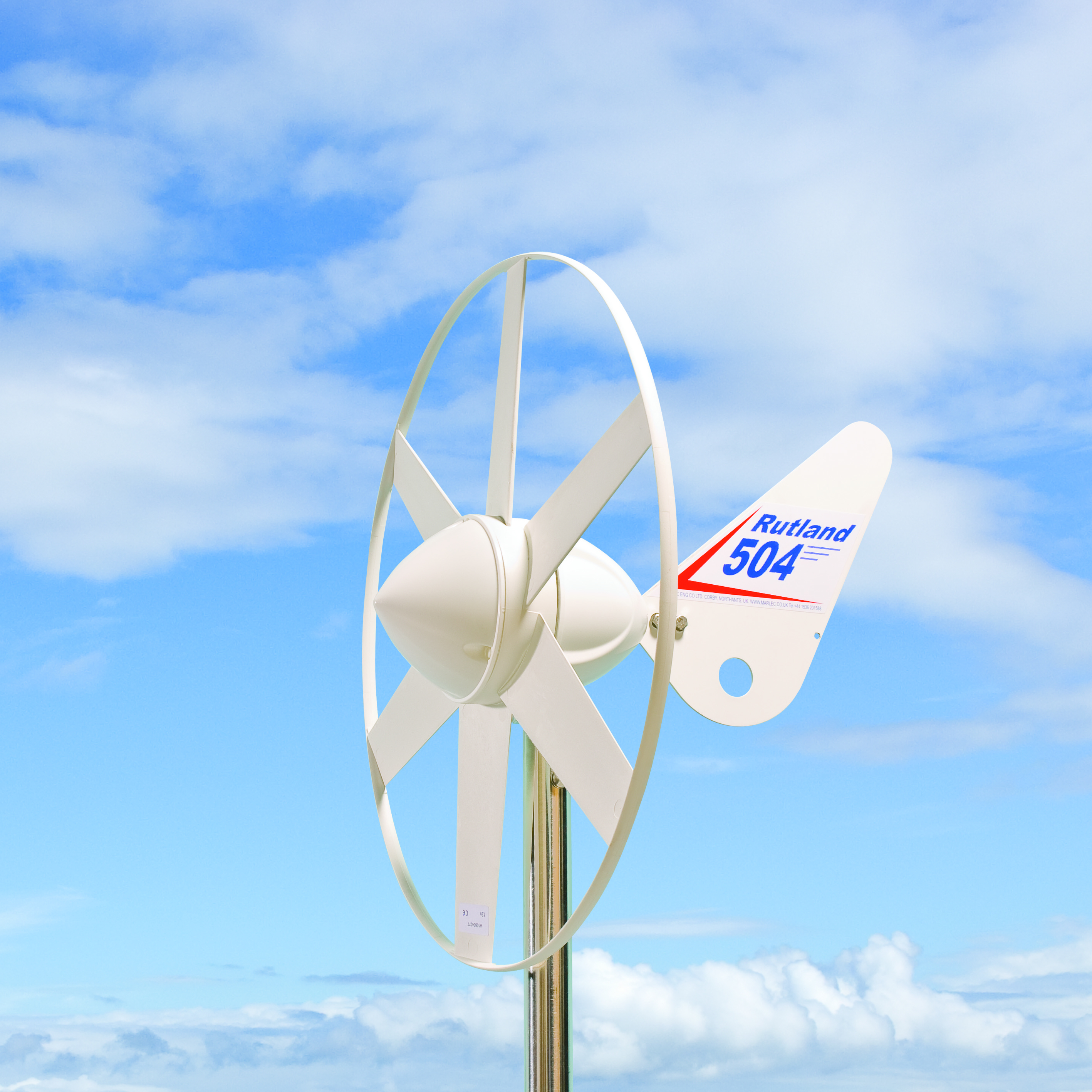Vindkraftverk Nackdelar: Unveiling the Drawbacks of Wind Power
Introduction to Vindkraftverk Nackdelar
In the pursuit of sustainable energy, wind power has emerged as a prominent player. However, it’s crucial to delve into the drawbacks of this energy source, commonly known as ”Vindkraftverk Nackdelar” in Swedish. Understanding the limitations is essential for making informed decisions about our energy future.
Environmental Impact
One of the significant concerns associated with wind power is its environmental impact. While hailed as a green energy source, wind turbines pose threats to wildlife, occupy vast stretches of land, and contribute to noise pollution. Addressing these issues is imperative for maintaining a balance between sustainability and ecological preservation.
Economic Challenges

While the long-term benefits of wind power are evident, the initial setup costs and ongoing maintenance expenses can be daunting. Additionally, the limited lifespan of wind turbines raises economic challenges, necessitating a closer examination of the financial aspects of this renewable energy source.
Aesthetic Concerns
The visual impact of wind turbines on the landscape is a topic of ongoing debate. Public opinion on the aesthetics of these structures can influence their acceptance and integration into communities. Balancing functionality with visual appeal is a critical aspect of addressing aesthetic concerns.
Weather Dependency
The inconsistency of wind patterns poses a significant challenge to the reliability of wind energy production. Understanding the weather-dependent nature of this power source is crucial for developing effective energy strategies and minimizing reliance on unpredictable weather patterns.
Technical Limitations
Storage and transmission challenges are inherent in wind power systems. Exploring innovative solutions to these technical limitations is vital for optimizing the efficiency and effectiveness of wind energy as a reliable power source.
Impact on Property Values
Studies and real-world examples suggest that the presence of wind turbines can impact property values. Examining these findings and understanding homebuyer preferences can shed light on the broader implications of integrating wind power into residential areas.
Government Regulations and Approvals
The stringent guidelines and approvals required for wind power projects often lead to public resistance and legal battles. Navigating the complex landscape of government regulations is a critical aspect of ensuring the successful implementation of wind energy initiatives.
Alternative Energy Sources
Comparisons with other renewable energies highlight the need for a diversified approach to sustainable energy. Exploring alternative sources and understanding technological advancements can inform decisions about the most effective and reliable energy solutions.
Global Trends and Statistics
While wind power has seen widespread adoption globally, some countries are reevaluating their reliance on this energy source. Analyzing global trends and statistics provides valuable insights into the challenges faced by nations in their pursuit of renewable energy.
Health Concerns
Controversies surround the potential health effects of living near wind turbines. Research findings, both supporting and refuting these concerns, contribute to the ongoing dialogue about the overall impact of wind power on public health.
Community Disruption
The social and cultural implications of wind power cannot be ignored. Community disruption, whether through the alteration of landscapes or changes in local dynamics, is a factor that requires careful consideration in the broader discussion of renewable energy integration.
Innovation in Wind Energy
Ongoing research and development in the field of wind energy present opportunities for addressing current drawbacks. Exploring innovative solutions and advancements can pave the way for a more sustainable and efficient future in wind power.
Future Prospects
Anticipated improvements in technology and increased awareness of the drawbacks of wind power contribute to shaping the future prospects of this renewable energy source. Balancing the benefits and drawbacks is essential for making informed decisions about its role in the global energy landscape.
Conclusion
In conclusion, ”Vindkraftverk Nackdelar” provides a comprehensive overview of the drawbacks associated with wind power. While acknowledging the environmental, economic, and technical challenges, it is essential to recognize the ongoing efforts to innovate and improve the sustainability of this energy source. As we navigate the complexities of our energy future, a balanced and informed approach is key to ensuring a harmonious coexistence between renewable energy and the environment.
Frequently Asked Questions
- Are there health risks associated with living near wind turbines?
- Research on this topic has produced mixed findings, and ongoing studies aim to provide more conclusive evidence. It remains a subject of debate among experts.
- How do wind turbines impact property values?
- Studies suggest that the presence of wind turbines can affect property values, with varying degrees of impact depending on factors such as location and community perception.
- What role do government regulations play in wind power projects?
- Government regulations are crucial for ensuring the responsible implementation of wind power projects. However, they can also lead to public resistance and legal challenges.
- Is wind power the only renewable energy source available?
- No, there are various renewable energy sources, including solar, hydropower, and geothermal. The key lies in adopting a diversified approach to meet energy needs sustainably.
- What innovations are being explored to address the drawbacks of wind power?
- Ongoing research focuses on improving storage solutions, addressing technical limitations, and enhancing the overall efficiency and sustainability of wind power.
Nackdelen med vindkraft jämfört med kärnkraft, kolkraft och naturgasverk. Fördelar med vinkraft är: Den är förnybar. Idag finns det ungefär tusen vindkraftverk i Sverige, vilket motsvarar ungefär procent av hela landets elproduktion.

Den här tabellen visar fördelar och nackdelar med Vattenfalls olika energikällor – vindkraft, biomassa, vattenkraft, naturgas, kärnkraft och kol. Jag såg nyligen dokumentären Windfall som handlar om nackdelarna med vindkraft. Vad jag vet så är det den ända dokumentären som på . Moderna vindkraft påminner starkt om de gamla möllorna, men producerar el.

Fördelar och Nackdelar med Vindkraft: En Djupdykning
Fördelar med Vindkraft
Vindkraften utmärker sig som en förnybar energikälla och har etablerat sig som en betydande aktör inom Sveriges elproduktion. Här utforskar vi fördelarna och de unika egenskaperna som gör vindkraften till en viktig del av landets energimix.
Hållbarhet och Tillgänglighet
Med omkring tusen vindkraftverk i Sverige utgör vindkraften cirka procent av den totala elproduktionen. Dess förnybara natur gör den till en hållbar och tillgänglig energikälla för framtiden.
Kompletterande Kraftkälla
I Älvdalen och övriga Sverige fungerar vindkraften som ett utmärkt komplement till den befintliga vattenkraften. Den diversifierar energiförsörjningen och bidrar till ökad pålitlighet i elproduktionen.
Snabb Tillväxt Globalt
Vindkraften har positionerat sig som den snabbast växande energikällan globalt, tack vare dess många fördelar. Denna snabba tillväxt indikerar en positiv trend för vindkraftens roll i att möta energibehoven.
Nackdelar med Vindkraft
Trots dess fördelar är det viktigt att belysa de potentiella nackdelarna för en mer nyanserad förståelse av vindkraftens påverkan.
Miljöpåverkan på Faunan
En utmaning med vindkraftverk är dess påverkan på fågellivet, särskilt större fåglar. Detta kräver noggranna avvägningar och åtgärder för att minimera miljökonsekvenserna.
Variabel Produktion
En betydande nackdel med vindkraft är dess variabla produktion, som är direkt beroende av vindförhållandena. Vid låg vindhastighet eller vindstilla produceras ingen el, vilket kan skapa utmaningar för konstant tillgänglighet.
Landskapsstörning
Vindkraftverkens synliga närvaro kan upplevas som störande för invånare och påverka landskapsbilden. Det är viktigt att väga dessa estetiska aspekter mot de miljömässiga fördelarna.
Avslutande Tankar
Trots de identifierade nackdelarna är vindkraften en viktig spelare inom den gröna energiomställningen. En fortsatt utveckling och forskning kring teknologiska innovationer kan bidra till att övervinna dess utmaningar och stärka dess positiva inverkan på hållbar energiproduktion i Sverige och globalt.



